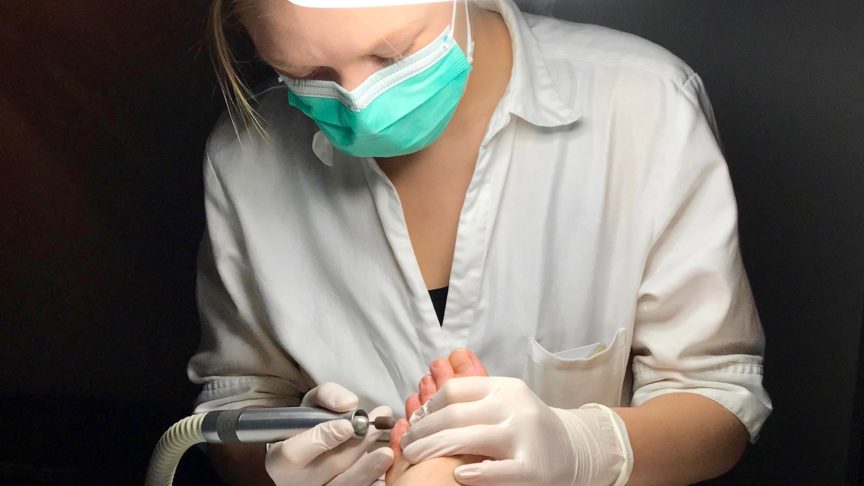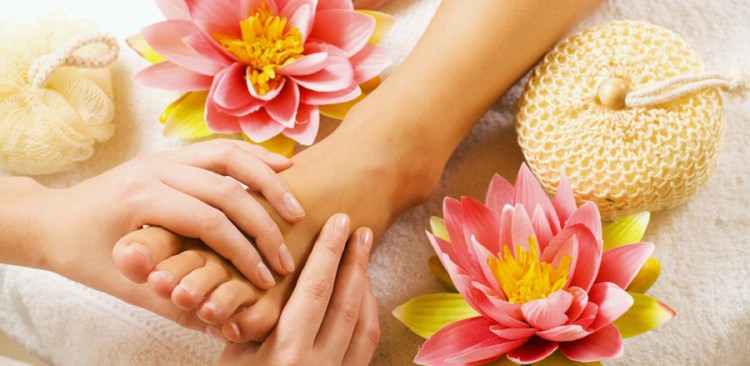What is a pedicure? 6
non-obvious facts about a pedicure?

2. How long
does a pedicure take?
3. Types of
pedicure;
4. How often
should a pedicure be done?
5. How much
does a pedicure cost?
6. What tools are needed for a pedicure?
7. How to do a classic pedicure at home?
8. What
tools are needed for a pedicure?
Whatis pedicure?
The standard procedure includes the following elements:
·
removal
of hardened skin;
·
cuticle
treatment;
·
shaping
the nails.
How long does a pedicure take?
This procedure lasts from 30 minutes to 2 hours, depending on the complexity of
working with the skin and nail plates, as well as on whether the coating will
be applied.
In good salons, there are always magazines, films, and coffee so that the
time of the procedure flies by for you.
The pedicure industry is developing and more and more varieties of pedicure techniques are emerging. To find the right one, let's figure out the features of each type. Read on about them!
Types of pedicure
Surely
you have ever heard of a medical, hardware, or classic pedicure? We think
these words will not surprise you, unlike dry or European ones. Let's
figure out what the features of each type are and how each of them is
performed.
Classic pedicure
A classic pedicure is a special foot care procedure using cutting tools and water to steam the feet.
A
classic pedicure includes all the stages described above. Let's take a
closer look at them:
1.
Correction of the length and shape of the nail. To do this, you need a nail file and nail scissors. Shorten your
nails to a size that suits you and adjust the shape.
Tip: Cut your nails straight, otherwise they can grow into your
toes.
2.
Steaming legs. Soak your feet in a warm water bath
for 10-15 minutes. If desired, you can add herbal infusions or essential
oils to the water. Never file nails after steaming - the nail plate may
delaminate during the correction.
3.
Removal of rough skin and cuticle treatment. Use special nippers to carefully cut the cuticle. Not all of them
grow back strongly, so sometimes it is enough just to push it back with an
orange stick.
Rough
skin is treated with a pumice stone. Walk her heels and
fingertips. This will make the skin softer and softer.
4.
Application of cuticle oil and foot cream. This is the final stage of the procedure. Oil is applied to the
site of cuticle growth and the entire foot is lubricated with cream.
Dry pedicure
Dry pedicure is the treatment of feet and toenails without the use of water, but with the use of edging tools or "liquid blades".
By
the name of this type, it is easy to guess how it differs from the classic
pedicure. This procedure is carried out without the second stage -
steaming the legs in warm water. Instead, keratolics are used.
Keratolics are also called liquid blades, as they soften and remove
hardened skin.
Dry
pedicure is hardware and European. What is the difference between them?
Hardware pedicure
Hardware pedicure is a pedicure in which the feet are treated with a special apparatus.
To
perform such a pedicure, only a milling cutter is used, with which the feet and
toes are treated. It is more often done on problem feet, where there are
calluses and corns.
If you want, you can paint the nail plate with regular or gel polish. Then the next pedicure procedure will begin with its removal. For regular varnish, only a liquid for removal will be enough, and for a gel coating, you will need a special liquid and foil.
European pedicure
European
pedicure is a pedicure in which a special
product is used instead of a bath and edged objects.
This
pedicure is perfect for trouble-free feet. With such a pedicure, the cuticle is not trimmed but treated with a
remover that dissolves dead skin.
Classic,
European and hardware pedicures are aesthetic types. They have several
contraindications. Expert Olga Drozdova names
the following main problems:
·
fungus
(contraindication to coating);
·
bruises,
when a bruise or dent forms under the nail, a crack in the nail
(contraindication to coating);
·
deep
cracks;
·
heavily
ingrown toenail;
·
onycholysis
(a disease in which the nail plate exfoliates from the tissue of the finger).
Medical Pedicure

Most
often, a medical pedicure is done by people who have certain diseases of the feet
and toenails listed above. However, if you are healthy, then no one will
forbid you to do a medical pedicure for prevention.
The
treatment procedure is carried out not only by pedicure masters but by people
with medical education. They are called podiatrists. The scheme of actions is the same as when performing a European pedicure.
First,
the master softens the feet with a special solution and then begins the
treatment with the apparatus. Depending on the severity of the disease,
the procedure can last from 20 minutes to two hours. Accordingly, if
you decide to make a medical pedicure for prophylaxis, the treatment with the
device will not belong.
At the last stage, regenerating and antifungal drugs are applied to the feet and antifungal varnish is applied to the nails if they have not been damaged or removed.






Post a Comment